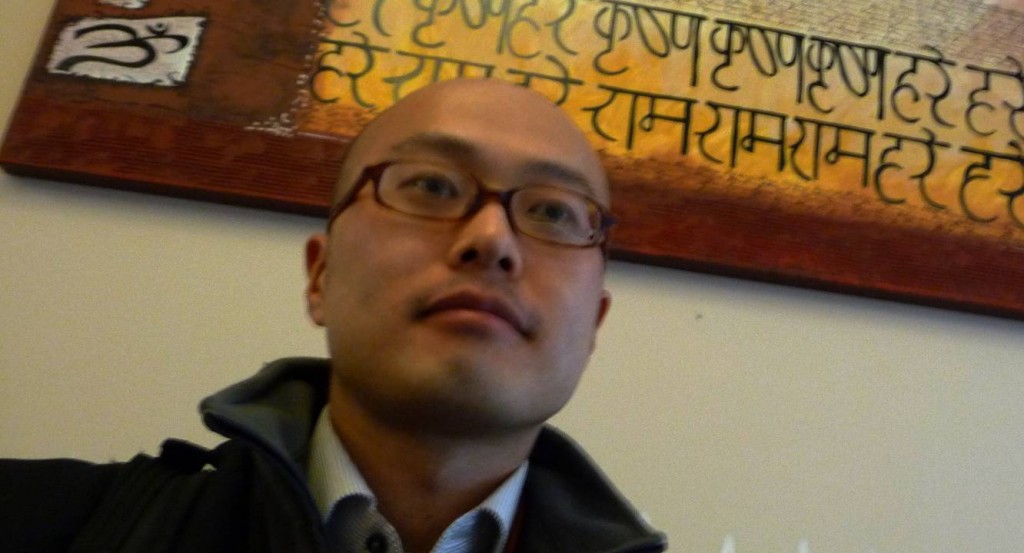Kiyokazu Okita. Purāṇic Vedānta: On the Issue of Lineage in the Gauḍīya Vaiṣṇava Sampradāya. PhD diss., Faculty of Theology, University of Oxford, 2010 (Supervisor: Gavin Flood). 543 pp.
Some details from material kindly supplied by the author:
This thesis examines the issue of lineage in the Brahmā-Mādhva-Gauḍīya Vaiṣṇava sampradāya. In the South Asian context, it is the idea of sampradāya or lineage which guarantees the authenticity and salvific efficacy of a religious community. […] The authority of a particular group is often based on a claim that the divine figure revealed the original teaching, and it has been transmitted generation after generation through the a succession of teachers and disciples. The idea of the four orthodox Vaiṣṇava sampradāyas, which correspond to four divine figures, became popular in medieval northern India
from around the 15th century CE. These divine figures were said to be Śrī, Brahmā, Rudra, and Sanatkumāra. […]
In order to understand the nature of the Mādhva-Gauḍīya affiliation, the first part of the thesis examined the sampradāya affiliation of Caitanya and of his 4 predecessors such as Mādhavendra Purī. […] The second part of the thesis compared the commentaries of Madhva, Vijayadhvaja, Śrīdhara, and Jīva on the Catuḥślokī Bhāgavata. […] The last part of the thesis examined Baladeva’s Govindabhāṣya in relation to the Brahmasūtra commentaries of Śaṅkara, Rāmānuja, and Madhva.


